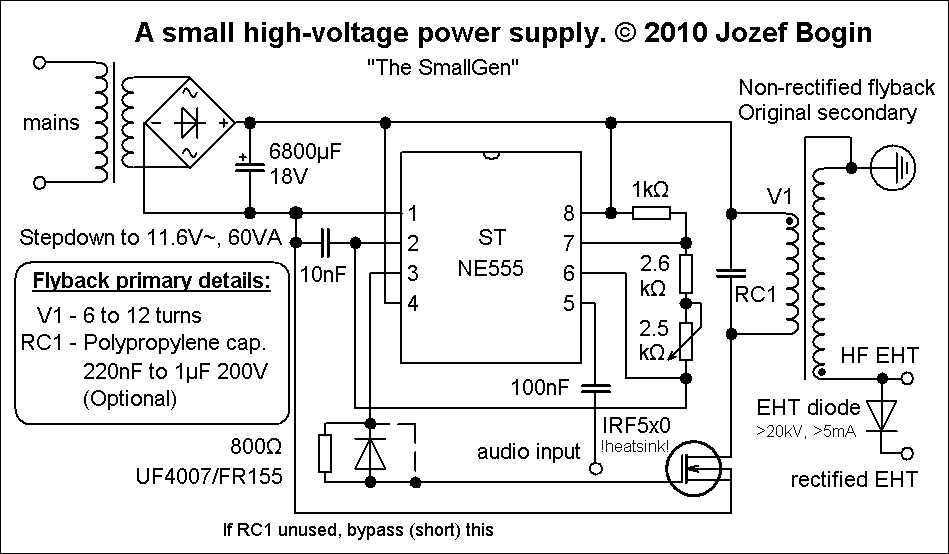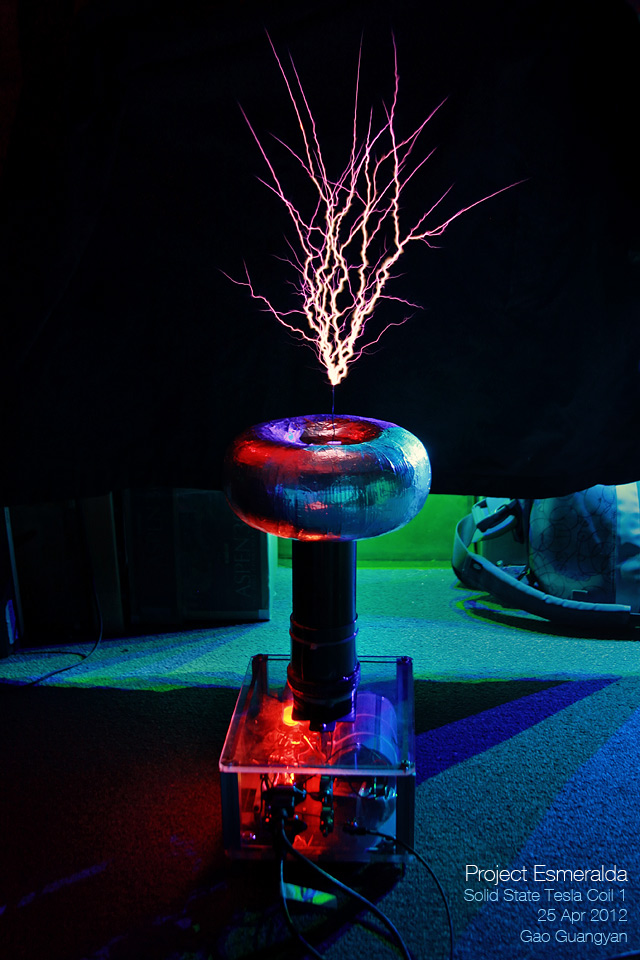
Transformator Tesla Na Ne555
555 have been known to us for many centuries, the precise nature of the. When t e transformer terminal T, is alternately electri ed, currents traverse the open. Is playing at d d and the sudden discharges are p)assed through the bars na,. Media in category 'Tesla coils' The following 173 files are in this category, out of 173 total.
This is my first Solid State Tesla Coil (SSTC), which I think has turned out pretty well! My intention was more towards it playing music rather than huge sparks, but I got about 6in sparks from it too which is a bonus. The aim of this instructable is to explain what Tesla Coils (TC) are, how they work, a couple of variations and and also how to make one! To make a TC you really need to know exactly how they work (you can't build one successfully by blindly following instructions). I did a lot (and i mean A LOT) of research into how to make one, and I feel like I should give back some information that I discovered whilst making mine. I first want to say that you'll be playing with very high voltages (and high current!), and this of course is/can be very dangerous! Always carry out the correct safety procedures when dealing with high voltage and high current circuitry.
Secondly, Tesla Coils take a lot of work, it's unusual for a new Tesla Coil to work 100% on it's first light (first light is a term given to a Tesla Coil when it first turns on). So stick with it!
Tesla Coils were invented (as the name would suggest) by Nikola Tesla in the 1890's. Tesla did not want to create music but rather transmit electricity wirelessly - and to some extent he did! There are rumours that he turned on 100 light bulbs 26 miles away using Tesla Coils! However, there isn't enough evidence to support this claim, but it would be an awesome idea! Essentially, a Tesla Coil is a high voltage, step up transformer. They take in relatively low voltages and step them up to hundreds of thousands of volts. But I've got a transformer at home and it looks nothing like a Tesla Coil I hear you say?
Well you're right, mobile phones chargers, laptop chargers, Xbox's they all have transformers! But there are different types. Your laptop charger will more than likely be a switching mode power supply - which is basically a very efficient transformer (it probably falls under the category of rectifiers but still) and old mobile phone chargers are normally just a small step down transformer. The reason they weigh so much is that there's a fat lump of iron in them!

The issue with these transformers is inherent with the design. A conventional transformer has a ferrite core with copper wire wrapped around either ends (see picture). When you pass a current through a coil of wire, you get what's called electromagnetic induction. Basically, you generate a magnetic field. Likewise, if you pass a magnetic field through a coil of wire then you induce a current!
So, stick a ferrite core in the middle to conduct the flow of this magnetic field we're generating and there you have it, a transformer! The issue with this is that you have got a big piece of metal that also conducts electricity really well next to some wire with a lot of voltage, if the voltage is high enough it'll short through the ferrite core; not good.  Alas, this is where Tesla Coils come in.
Alas, this is where Tesla Coils come in.  Tesla Coils are loosely coupled transformers, there's no ferrite core to conduct the magnetism (and so conventional transformers are tightly coupled). This means that there are two coils of wire in fairly close proximity to one and other but with an air gap between them.
Tesla Coils are loosely coupled transformers, there's no ferrite core to conduct the magnetism (and so conventional transformers are tightly coupled). This means that there are two coils of wire in fairly close proximity to one and other but with an air gap between them.
Air is a very poor conductor of electricity, but it's also not brilliant for conducting magnetism and so it takes a few oscillations to do it. I'll explain this more in the next step.